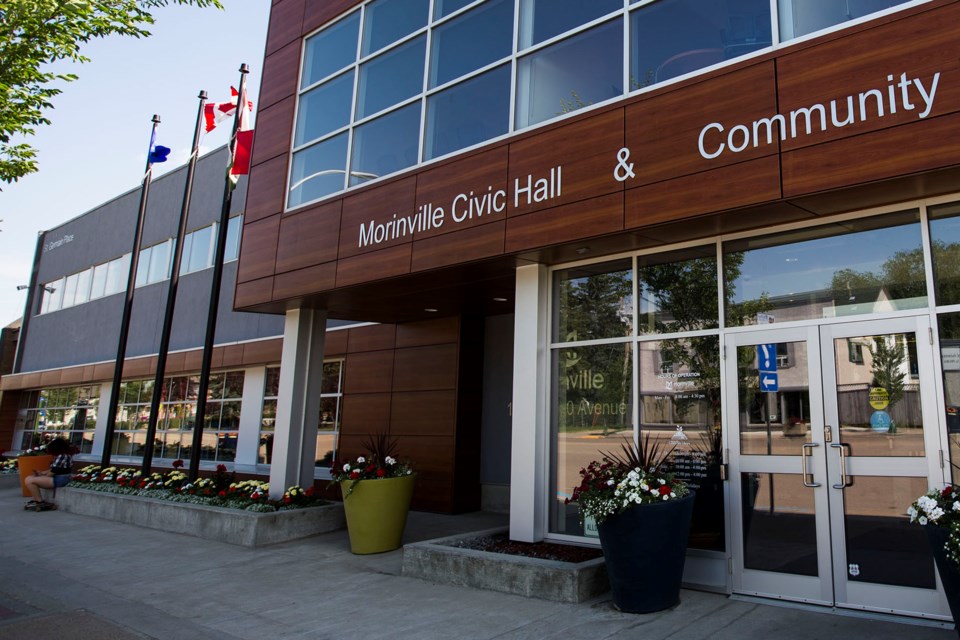Morinville residents will have to scrounge up some extra coffee coinage this year to cover the town’s new one-per-cent hike to property taxes.
Morinville town council approved a one-per-cent property-tax hike with a 1:1.1 residential/non-residential tax split May 25 in a 4-2 vote (Coun. Stephen Dafoe and Scott Richardson opposed, Coun. Rebecca Balanko absent).
The decision followed weeks of debate on how to handle a budgetary shortfall caused by lower-than-expected growth in property values. While council initially faced the prospect of a 3.6-per-cent hike — three times more than what they approved in the 2021 budget — that dropped back down to one when council learned new recreation cost-share funds from Sturgeon County and pandemic-related savings would cover the shortfall.
The increase means the average Morinville homeowner would pay $28.87 more in all taxes this year ($16.90 municipal, $10.40 education, and $1.56 Homeland Housing) — the monetary equivalent of about 14 large Tim Hortons coffees or seven youth passes to the Morinville Leisure Centre. Commercial properties would see a $310.19 increase, while industrial ones would pay $128.06 more.
Council voted down Richardson’s proposal to go with a zero-per-cent increase and a 1:1.15 tax split in a 3-4 decision (Richardson, Dafoe, and Balanko in favour).
Information presented by Richardson showed this proposal would have cut the average homeowner’s tax bill by $105.35. Commercial properties would have seen a $235.27 increase, while industrial sites would have been taxed $2.45 more. The town’s tax-supported operating deficit would be $2.1 million, compared to $1.6 million with a one-per-cent hike and a 1:1.1 split rate.
Richardson argued that the town’s pandemic-related savings gave council a chance to bring its residential/non-residential tax split closer to 1:1.5 — a long-term goal council had set to try and bring its taxes more in line with its regional neighbours.
“It does leave us in a larger deficit position,” Richardson said, and could result in service cuts next year.
Balanko supported the idea, saying this was an exceptional year and council should do what it can to help its residents.
“We have the opportunity to do the right thing here.”
Coun. Lawrence Giffin said this move was based on savings that were temporary, and would result in an even bigger deficit for the next council to handle.
“I’m concerned we’re digging ourselves a hole here.”
Mayor Barry Turner strongly opposed Richardson’s proposal. Shifting the mill rate would only help the town’s finances if it brought in more revenue, not less, he said. This proposal would bring in less money and grow the town’s deficit.
“We need to reduce the tax-supported deficit, and this is a step backwards.”
Turner said the town’s current financial troubles were linked to its decision to build the Morinville Leisure Centre, which residents agreed to. Income support was the job of the federal and provincial government, and council could not afford to provide it through property taxes.
Richardson decried the tax increase, and predicted the town would soon have the highest tax rates in the region.
Property taxes will now be mailed to town residents, with payment due June 30.




